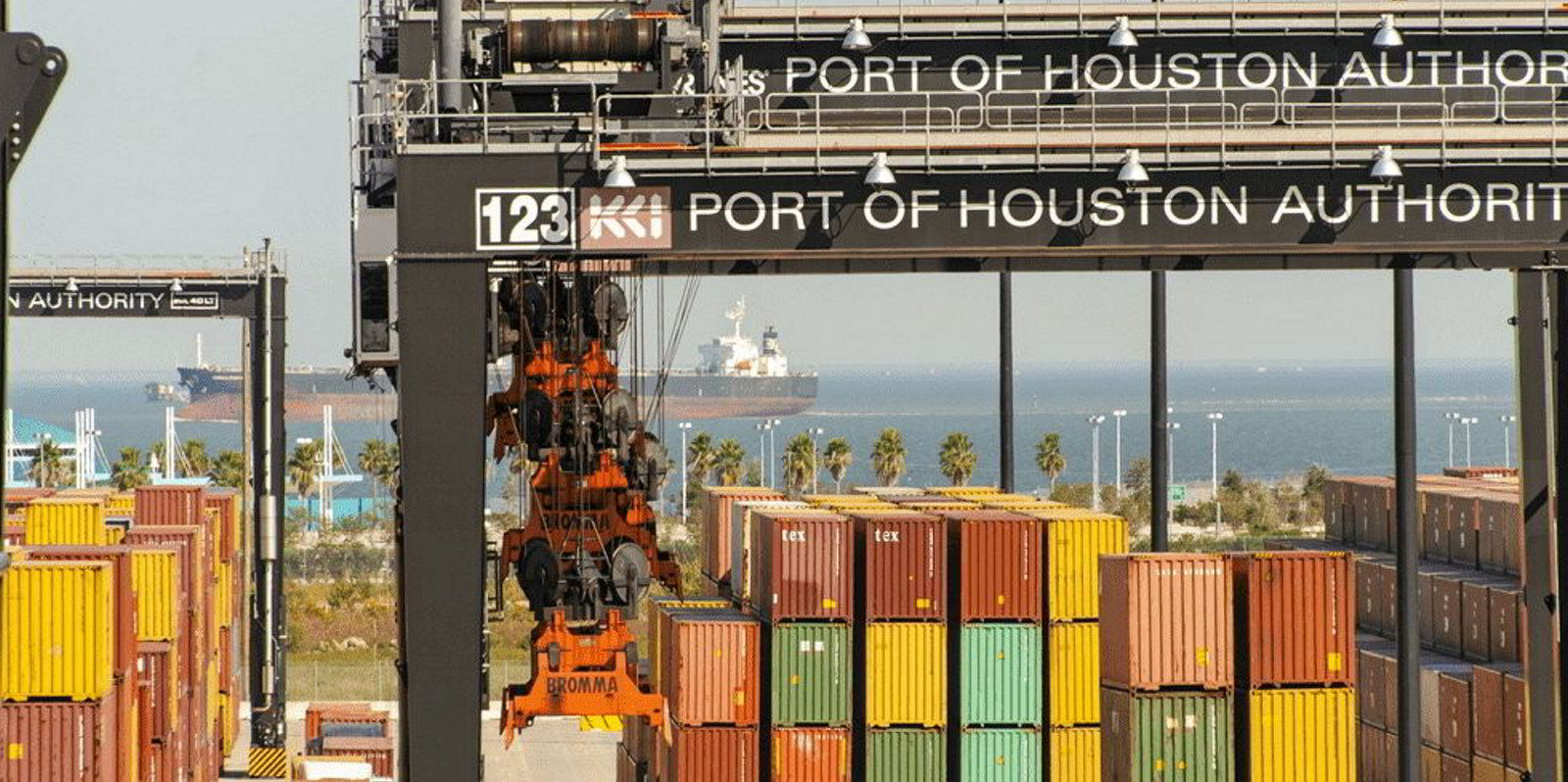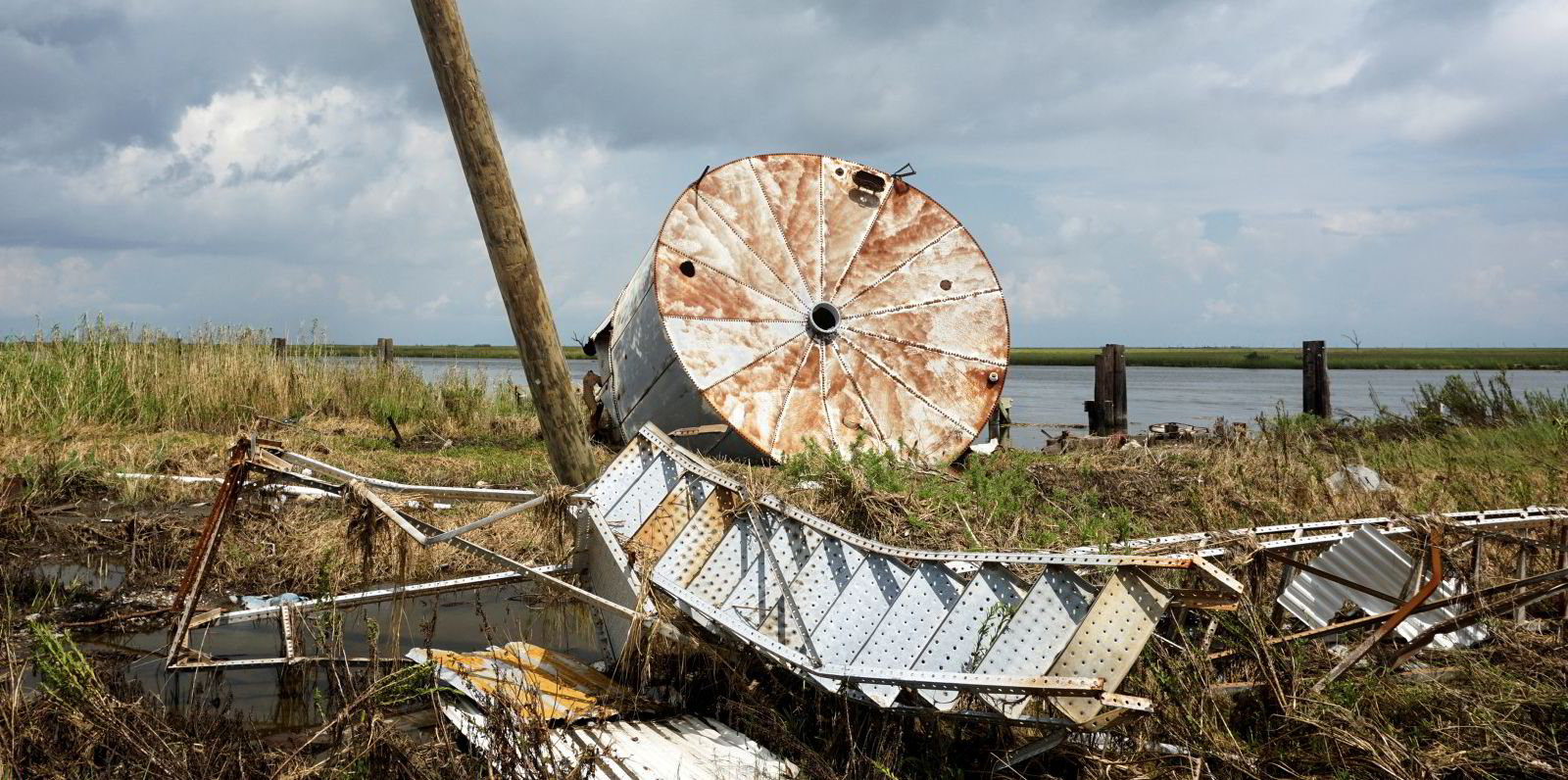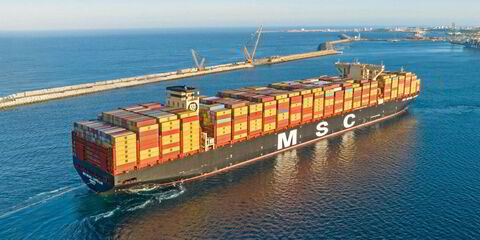Houston is the most vulnerable port to the rising global threat of extreme weather events, according to a study.
Oxford University researchers have for the first time quantified climate-related risks on the global ports infrastructure and found that damage to facilities and the knock-on effect on international seaborne trade could cost more than $70bn a year.
The study, published on Thursday in the scientific journal Communications Earth & Environment, examined 1,340 ports around the world and concluded that 86% were exposed to more than three natural hazards every year.
It found that Houston faces risks amounting to $169m a year from a combination of cyclone winds and flooding. Shanghai, facing $133m in annual risk, and South Africa’s Port Elizabeth and its $123m risk level round off the top three.
Rising sea levels increase the possibility of powerful storms and tropical cyclones that expose vulnerable ports and threaten to shut down or limit operations. The study found that the damage to facilities from earthquakes, flooding and cyclones could amount to $7.5bn a year.
They cited the extreme cases of the shutdown of three US ports in the aftermath of the 2005 Hurricane Katrina and the estimated damage of $12bn from the 2011 Tohuku earthquake and tsunami in Japan.
The research, the first detailed global study of climate risks to ports, assessed that 160 face a risk of more than $10m a year, while 21 could suffer annual damage of more than $50m.
The subsequent upheaval in global trade could add a further $63bn in losses, according to researchers from the UK and the Netherlands.
1. Houston, US — $169m a year
2. Shanghai, China — $133m
3. Port Elizabeth, South Africa — $123m
4. Lazaro Cardenas, Mexico — $111m
5. Rouen, France — $99m
“Ports are essential for the well-functioning of economies and global supply chains,” they said. “However, their strategic location along rivers and low-lying coastal areas makes them exposed to the impacts of climate extremes and natural disasters.”
The study considered the potential for damage to port assets, such as cranes, and industrial facilities within a kilometre of the terminals. It also assessed the ability of ports to recover after extreme weather events.
Some of the hot spots that faced multiple threats are in Japan, on the US west coast, New Zealand, Taiwan and China.
The study involved building a database of port operations and related trade.
“This research paves the way for a complete assessment of the natural hazard risks to global maritime trade and supply chains as a result of climate change,” the researchers said.





